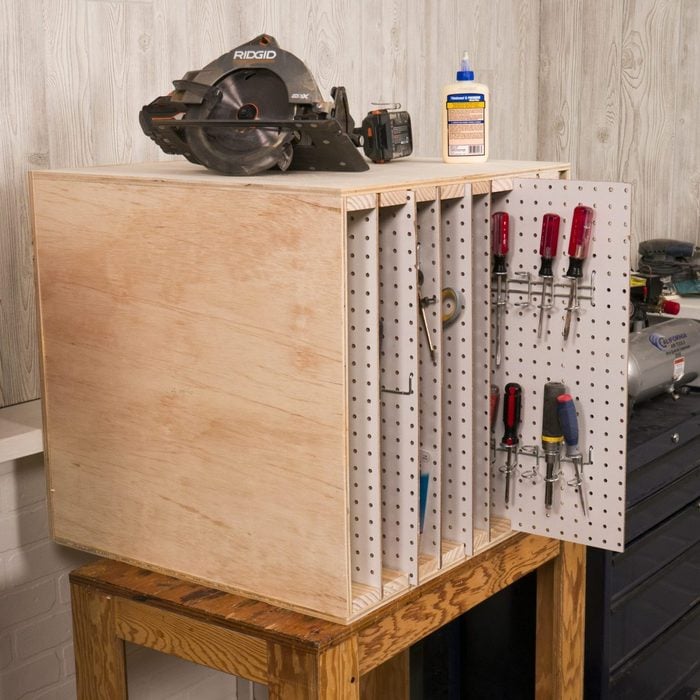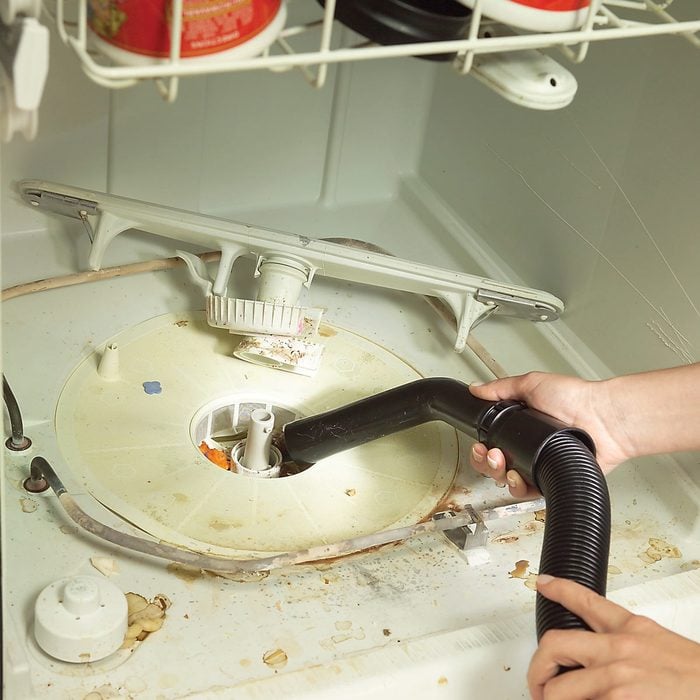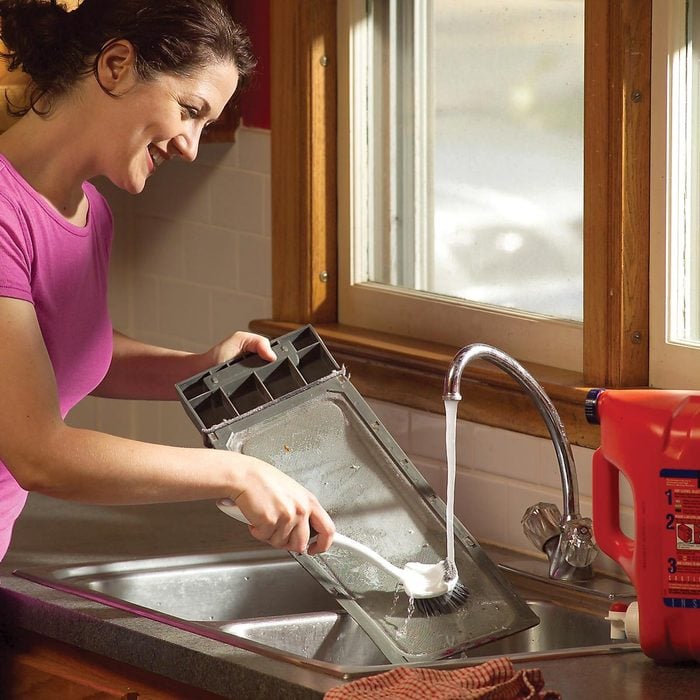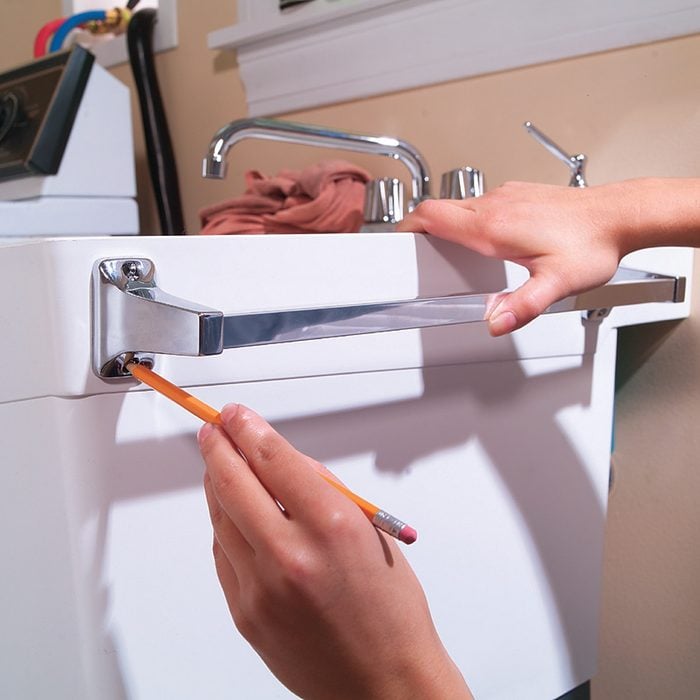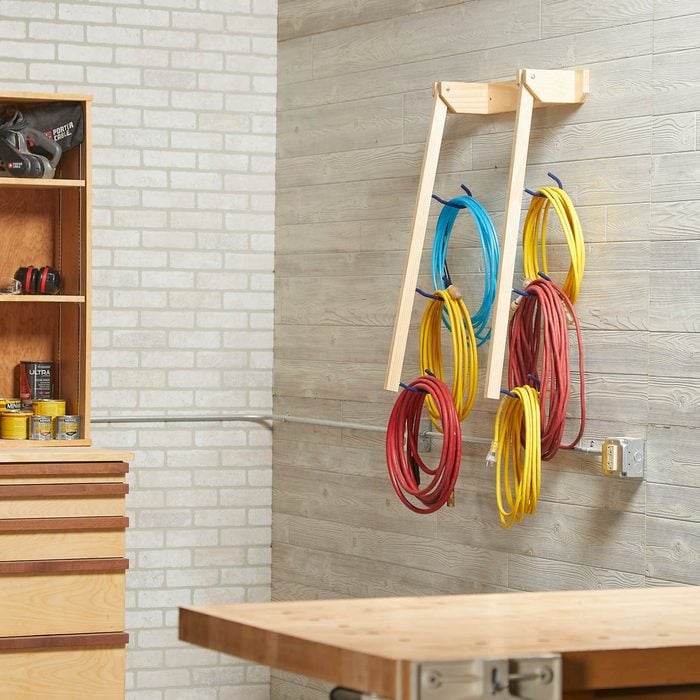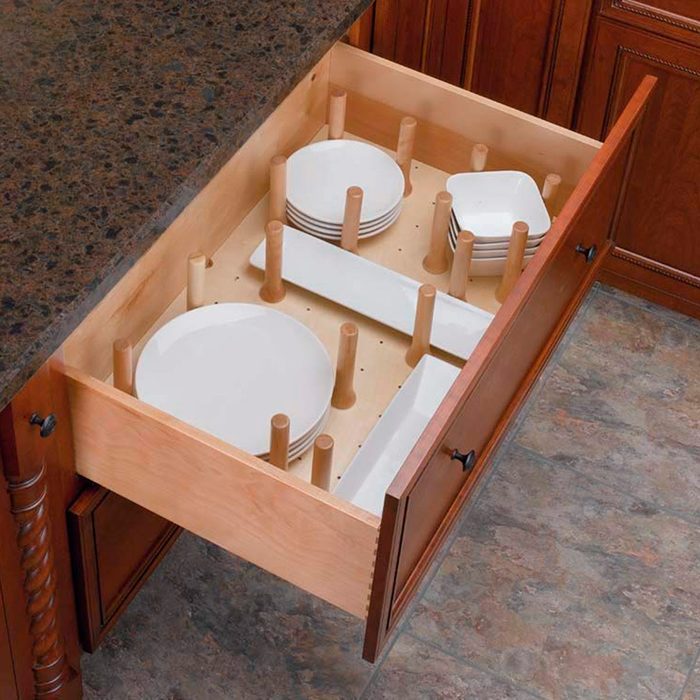Spring is on its way, and it’s time to grab your picnic baskets and camera because Southern California is about to be blanketed in a sea of color! With the perfect amount of rain in fall and winter, we may be in for a super bloom.
Mid-February marks the beginning of the wildflower bloom, and it’ll last until mid-May, but don’t be surprised if you see some blooms lingering into June or July. To make sure you catch the best of the best, we’ve put together a list of the top locations for spring wildflowers in Southern California. Get ready for a flower-filled adventure!
We highly encourage you to contact each location before starting your journey to check on the status of the blooms. You can also check the status of the wildflowers on DesertUSA.
When is the best time to see Spring Wildflowers in Southern California? 🌷
The best time to see wildflowers in Southern California is usually from mid-February to mid-May, but this can vary based on local weather conditions such as rainfall and temperature. It’s important to check the status of the blooms before visiting, as the timing and intensity of the wildflowers can change from year to year. In some years, with the right combination of rainfall and warm temperatures, the wildflowers can bloom into June or even July. To have the best chance of seeing a wildflower display, it’s recommended to visit during the peak bloom period in late February to early March.
What are the first wildflowers to bloom in spring? 🌼
The first wildflowers to bloom in spring in Southern California vary based on location and weather conditions. However, some of the common early-blooming wildflowers include:
Desert sand verbena: a vibrant purple flower that can cover vast areas in the desert.
Fiddlenecks: a yellow flower that often covers hillsides in early spring.
Sky lupine: a blue flower that grows in open fields and hillsides.
Cream cups: a yellow flower that grows in meadows and along roadsides.
Globe gilia: a small, deep blue flower that grows in large clusters.
California poppies: the state flower of California, with bright orange petals that can carpet hillsides.
These are just a few examples, and the specific wildflowers that bloom first can vary based on location and weather conditions. Keep in mind that the timing of wildflowers’ blooms can be unpredictable, so it’s best to check the status of the blooms before visiting.
9000 Pacific Coast Hwy.
Malibu, CA 90265
(310) 457-8143
Pack your hiking boots and get ready for a wildflower extravaganza! Point Mugu State Park is a nature lover’s paradise with 70+ miles of scenic trails and breathtaking ocean views. The park boasts stunning rocky bluffs, pristine sandy beaches, towering dunes, rolling hills, lush river canyons, and sprawling valleys dotted with towering trees.
But the real showstopper is the incredible wildflower display along the Backbone Trail in spring. With jagged peaks of the Boney Mountains State Wilderness Area in the backdrop, you’ll be surrounded by a sea of vibrant colors and fragrances.
4730 Crystal Springs Dr.
Los Angeles, CA 90027
(323) 913-4688
Griffith Park in Los Angeles, California is a great destination for viewing spring wildflowers. In the spring months, visitors to the park can see scattered patches of wildflowers including poppies and other blooms in shades of yellow, orange, blue, and purple.
The best way to see the wildflowers is to park at the Greek Theater (Lot G), cross the street, and start up the clearly marked Riverside Trail. From there, turn right onto the Hogback Trail and continue towards Dante’s View (1 mile) and the Mt. Hollywood summit (1.2 miles). There are also offshoot trails, which are a bit steeper with some scrambling, along nearby ridgelines that offer additional opportunities to see wildflowers.
It’s important to note that the wildflowers at Griffith Park vary from year to year, and the best time to see them is typically in the spring months.
26300 Crenshaw Boulevard
Palos Verdes Peninsula, CA 90274
(424) 452-0920
The South Coast Botanic Garden in Palos Verdes, California is a stunning destination for viewing spring wildflowers. The garden, which covers 87 acres, is home to over 2,000 species of plants, many of which bloom in the spring, creating a colorful display of wildflowers.
Visitors to the garden can expect to see a wide variety of wildflowers including California poppies, lupines, and other blooms in shades of yellow, orange, blue, and purple. The best time to see the wildflowers is typically from late February to early May, depending on the rainfall in the area.
In addition to the wildflowers, the South Coast Botanic Garden also features a number of other attractions including a lake, a bird sanctuary, a palm grove, and a cactus garden. The garden is open daily from 9:00 AM to 5:00 PM and admission is charged.
Visitors are encouraged to bring a picnic and enjoy the beauty of the garden and its wildflowers. Guided tours and educational programs are also available for visitors who would like to learn more about the plants and wildlife in the garden.
916 Silver Spur Rd, #207
Rolling Hills Estates, CA 90274
Email: info@pvplc.org
(310) 541-7613
With blooms year-round, March and April are the best time to witness a spectrum of colorful flowers in full bloom at this location. From fiddlenecks, poppies, and deerweed on the east side of the Chandler Preserve where monarch butterflies love to flutter, to lupines at White Point Nature Preserve, you’ll be surrounded by nature’s beauty.
Take a walk on the wild side and hike the Mariposa, Flying Mane, and Basalt trails in Palos Verdes Nature Preserve, where you’ll find red paintbrush and more. Don’t forget to keep an eye out for California bush sunflowers, mariposa lilies, and wild hyacinth scattered across the peninsula.
15101 Lancaster Road
Lancaster, CA 93536
661-946-6092
Get ready for a wildflower extravaganza this spring! The Antelope Valley California Poppy Reserve is ready to burst into bloom with a sensational display of colors and scents from the Mojave Desert Grassland. Every year is different, with the wildflower season usually kicking off in mid-February and lasting until May. The variety of blooms changes every day, making each visit a unique and unforgettable experience.
With 8 miles of trails, including a smooth and accessible paved path, you can choose to hike, explore, or simply soak in the peace and quiet of the countryside. Listen to the melodic tunes of the birds and watch in awe as hawks glide silently overhead. Take a break on one of the many benches along the way and keep an eye out for wildlife sightings. You might just spot a meadow lark, a darting lizard, or even a sneaky gopher snake! And if you’re feeling lucky, you might even catch a glimpse of a coyote or a bobcat. And let’s not forget about the amazing creatures that call the burrows along the trails home, like mice, gophers, kangaroo rats, beetles, and even scorpions!
If want to check on the progress of the bloom at the Poppy Reserve, you can monitor the wildflowers via their live webcam.
Gold Hill Road near N Peace Valley Road
Gorman, CA 93243
661-248-7007
Get ready for a wildflower party like no other at Tejon Pass! These hillsides are famous for their eye-popping displays of color and are covered in a dazzling carpet of wildflowers each spring. From vibrant orange California Poppies to sunny yellow Goldfields, brilliant purple Lupine, and playful Tidy Tips, these flowers transform the rolling hills into a rainbow of hues. Take a stroll on the self-guided tour route starting at the Visitor Center, marked by cheerful blue and white flower signs, and immerse yourself in a world of nature’s beauty. (Download the PDF version of the wildflower tour map.)
4721 Sapphire Rd.
Chino Hills, CA 91709
951-780-6222
March (and sometimes early April) is the best time to witness the spectacular display of bright California poppies and other blooming flowers. Want to take in the full beauty? Check out some of the park’s most popular wildflower trails like Aliso Canyon, Bane Ridge Trail, Bovinian Delight Trail, Telegraph Canyon Trail, and Little Canyon Loop. It’s a nature lover’s paradise!”
Keep your eyes peeled for curious coyotes, graceful deer, sneaky bobcats, and other fuzzy creatures that call these woodlands, scrub, and grasslands their home. You can check out the best 30 Chino Hills State Park trails here.
East Avenue J and 170th Street East
Lancaster, CA 93535
(661) 946-6092
Get ready for a wild and colorful adventure at Saddleback Butte State Park! Spring is the prime time to witness the breathtaking display of wildflowers (from February to May). And if you’re lucky, you might spot some amazing desert creatures like coyotes, kit foxes, tortoises, jackrabbits, bunnies, ground squirrels, kangaroo rats, slithering snakes and lizards, and even the rare badger or skunk!
For the status of the bloom, follow their Facebook page.
5704 Paseo Del Norte
Carlsbad, CA 92008
760-431-0352
This 50-acre wonderland is one of the most popular places to see wildflowers and the blooming of ranunculus flowers is simply unforgettable! Mark your calendars, as The Flower Fields will be open for visitors starting March 1, 2023.
Take a leisurely ride through the fields on an open-air wagon and listen to the fascinating audio commentary on the history of The Flower Fields. And if you’re feeling adventurous, why not try your hand at picking your own blueberries in the U-Pick Blueberry Patch.
With tickets starting at just $18 for adults, $16 for seniors, and $7 for kids (prices vary on weekdays and weekends), it’s the perfect opportunity to make memories with your family! Also check their 2023 activity calendar for upcoming events.
17495 Soda Lake Rd.
California Valley, CA 93453
805-475-2035
Carrizo Plain National Monument is one of the best-kept secrets in California. Only a few hours from Los Angeles, the Carrizo Plain offers visitors a rare chance to be alone with nature. When conditions are right, numerous wildflowers can carpet the valley floor; although short-lived it can be breathtaking.
For more information about the status of the blooms, please visit their website or contact the park at 805-475-2035, or you can hear weekly recorded wildflower reports at 818 768-1802 ext. 7. New reports are released every Friday, March through May!
200 Palm Canyon Dr.
Borrego Springs, CA 92004
760-767-4684
Anza-Borrego Desert State Park is known for Desert Gold Poppies, Phacelia, and a variety of tiny belly flowers, which start making their appearance near the Visitor Center and on low rocky hillsides. For information on this year’s blooms, you can call Wildflower Hotline at 760-767-4684. The Visitor Center is open Saturdays and Sundays only, from 9 am to 5 pm.
If you are visiting with kids, NARROWS EARTH NATURE TRAIL is the easiest one. This gentle one-half-mile walk is short but sweet. In 30 minutes you can fully explore the many geological processes taking place in this small canyon. Access from Highway 78.
2903 Cornell Rd.
Agoura Hills, CA 91301
805-370-2301
Take a walk on the wild side at Paramount Ranch! Get ready to explore miles of easy to moderate scenic hikes that take you through stunning landscapes, including chaparral, riparian, and valley oak savannah plant communities. Keep an eye out for some amazing wildlife, like red-tailed hawks, acorn woodpeckers, blue herons, and deer, as well as beautiful wildflowers.
When you’re done with your hike, step back in time and visit Western Town. Enjoy a relaxing picnic in the shaded area, surrounded by a real-life movie set that’s constantly changing (but always keeping its western charm). Whether you’re an adventure-seeker or a history buff, there’s something for everyone at Paramount Ranch! For more information about wildflower blooms, please call 805-370-2301 or visit their website.
74485 National Park Dr.
Twentynine Palms, CA 92277
(760) 367-5522
Get ready to witness nature’s vibrant colors come to life in the Pinto Basin! The lower elevations are the first to showcase their wildflower magic in February, followed by the higher elevations in March and April. If you’re feeling adventurous, head up to the desert regions above 5,000 feet and enjoy a bloom extravaganza that may last until June! So, pack your bags and get ready to be surrounded by beauty at every turn.
Before visiting, please check the status of the blooms here.
328 Greenland Blvd.
Death Valley, CA 92328
(760) 786-3200
Get ready to be awestruck in Death Valley! This magnificent park is famous for its breathtaking wildflower displays, which happen about once a decade and are known as super blooms. It’s an ultra-rare event, but one you don’t want to miss! Even in non-super bloom years, the early spring months bring splashes of colorful flowers to the desert floor, before spreading to the mid and high elevations. So buckle up, it’s time to witness nature’s amazing display!
You can check the status of the blooms here.
708 Crescent Ave.
Avalon, CA 90704
(310) 510-2595
This island off the coast of Long Beach is a treasure trove for plant lovers, blooming or not. During the months of February to May, the island transforms into a stunning display of wildflowers. And even when the wildflowers aren’t in full bloom, there’s still plenty to explore. As one of only a few Mediterranean regions in the world, Catalina boasts a rich and diverse plant life, including some rare and unique species.
The best way to explore the plant life on Catalina is by scheduling a naturalist guided open-air Jeep Eco Tour by calling (310) 510-2595 ext. 108.
1901 Spinnaker Drive
Ventura, CA 93001
(805) 658-5730
This park is a botanical playground, boasting over 800 plant species! When the rain showers are plentiful, the islands transform into a lush green paradise, where wildflowers dance in the sunshine. Don’t miss the showstopping yellow coreopsis flowers that light up the place from late January to March. The best place to catch this breathtaking display is on Santa Barbara, Anacapa, and San Miguel Islands!
For more information about specific island wildflower viewing, click here.
5000 Highway 146
Paicines, CA 95043
(831) 389-4486
Spring has never been so colorful! Get ready to be surrounded by a breathtaking sea of blooms at Pinnacles National Park! From March to May, over 80% of the park’s plants burst into bloom, bringing the place to life. Depending on Mother Nature’s mood, the flowers may stick around until June or, in a super wet year, all the way to July!
January and February bring the early birds like Manzanita, Milkmaids, Shooting Stars, and Indian Warriors. But by March, the Bush Poppies and Buck Brush take center stage, surrounded by a chorus of California Poppies, Fiddleneck, Peppergrass, Filaree, Fiesta Flower, Monkeyflower, and Baby Blue-Eyes. Don’t miss this spectacular show of nature!
Lake Elsinore, CA
(951) 674-3124
This wildflower wonderland is a top pick for those seeking a burst of color and beauty in the spring months. With fields of cheerful orange California poppies and an array of other wildflowers, the hills of the canyon come to life with a breathtaking display. Though the amount of wildflowers varies from year to year, you can usually expect to see a stunning variety of blooms from late February to mid-April.
To join in on the fun, simply park along Lake Street and take a short hike to reach the wildflowers. The best part? There’s no entrance fee! Just make sure to visit early in the day to avoid crowds and secure a parking spot, especially during peak blooming season. Click here to see the status of the poppies.
Santa Barbara County, California
805-925-9538
Just a 30-minute drive north of Los Olivos lies the Figueroa Mountain recreation area, where you’ll be treated to a panoramic view that’ll take your breath away! From the San Rafael Wilderness to the Santa Ynez Valley, you won’t be disappointed. And let’s talk about the wildflowers! During springtime (February to April), Figueroa Mountain transforms into a floral wonderland. Early March is when the Purple Shooting Stars make their grand entrance, and as the months go by, more and more beautiful blooms join the party – think Chocolate Lilies and Scarlet Indian Paintbrush! Don’t miss this eye-catching extravaganza!
The Wildflowers on the Figueroa Mountain Area web page showcases the wildflowers of Figueroa Mountain.
2701 Barstow Road
Barstow, CA 92311
(760) 252-6100
Escape the hustle and bustle of the big city and venture to the peaceful and serene Mojave! This 1.6-million-acre park, located between Los Angeles and Las Vegas, is a true gem, featuring singing sand dunes, cinder cone volcanoes, a massive Joshua tree forest, and, of course, a colorful carpet of spring wildflowers!
Every few years, the Mojave gets a little extra love from Mother Nature in the form of rain. And when that happens, get ready for a wildflower extravaganza like no other! Every inch of sand and gravelly soil will be blanketed in a sea of blossoms – it’s truly a magical sight! While it’s not an annual event, with a few well-timed showers, you’ll be treated to a memorable spring wildflower bloom that’ll make you feel like you’re in a fairy tale!
You can check the status of the blooms here.
3201 Plaza Del Amo Torrance, CA 90503
(310) 782-3989
Step into a hidden gem in Los Angeles County – the Madrona Marsh Preserve! This unique spot is believed to be one of the last remaining vernal freshwater marshes around, providing a temporary home to a variety of distinctive plants and animals.
Come March, the seasonal wetland transforms into a lush oasis, bursting with water and wildflowers. Look out for the bright yellow Bush Sunflowers, tiny bunches of Golden Poppies, and the cheerful Yellow Deerweed. And the fun doesn’t end there! Across the street, you can take a tour of the Native Garden, where you’ll spot Bushy Black Sage in bloom, along with Cactus Flowers, Deerweed, Flannel Bush, and other local species. Don’t miss this unique and vibrant destination!
2629 S Clovis Ave.
Fresno, CA 93725
(559) 600-4271
Get ready for a mesmerizing experience! Each year in mid-February, a driving path of nearly 70 miles transforms into a fairy tale wonderland with stunning bursts of pink and white fluttering petals. This stunning sight is known as the Fresno County Blossom Trail! From mid-February to the end of March, the trail will be a dreamy display of nature’s beauty. And to celebrate this magical moment, there are tons of festivals and special events to enjoy, like the 10k run and the Kings River Blossom Trail Bike Ride.
Take selfies or professional family photos with an almost make-believe backdrop, walk through the ocean of color, sit back and enjoy the leisurely drive with nothing but petals in sight, or enjoy the view from one of the several stops along the trail—including Simonian Farms, and Circle K Ranch.
6943 S. Reed
Reedley, CA 93654
559-638-2762
At Hillcrest farm, you can ride a blossom trial train that operates the first three weekends of March from 10 am to 5 pm. Train tickets are $5 per person for ages 2 and up. (Stand by for the exact dates for 2023).
Tips for viewing Wildflowers
-
We recommend planning your visit during a weekday, especially if you’re visiting in the peak month of March.
-
Consider booking a hotel near where you will be viewing wildflowers so you can take your time and enjoy the beauty of the Spring.
-
Wear comfortable and closed-toe shoes or hiking shoes.
-
Take sunblock, sun hats, and sunglasses with you.
-
If you are viewing with little kids, consider taking child carriers so if they get ted you can carry them easily.
-
Don’t forget to take a camera with you or make sure your mobile phone is fully charged to take awesome photos.
-
Pack lunch and be sure to bring plenty of water.
-
A pair of binoculars may also come in handy.
-
Take a Wildflower Identification book to identify the flowers.
🌺Quick Links to Spring Wildflowers Near Me 🌺
Wildflowers Near Los Angeles
Wildflowers Near Palos Verdes
Wildflowers Near Lancaster
Wildflowers Near Chino Hills
Wildflowers Near Carlsbad
Wildflowers Near California Valley
Wildflowers Near Joshua Tree
Wildflowers Near Agoura Hills
Wildflowers Near Death Valley
Wildflowers Near Catalina Island
Wildflowers Near Ventura
Wildflowers Near Santa Barbara
Map to Spring Wildflower Fields in Southern California
:max_bytes(150000):strip_icc():format(webp)/how-to-clean-hard-to-reach-places-4153518-03-57594aa4d609421787d487dd238288ca.jpg)
:max_bytes(150000):strip_icc():format(webp)/how-to-clean-hard-to-reach-places-4153518-04-b20b764cf4a34c3d9ed206ba8ce38464.jpg)
:max_bytes(150000):strip_icc():format(webp)/how-to-clean-hard-to-reach-places-4153518-05-7a7bea413fcb4441a909ead85e3618a4.jpg)
:max_bytes(150000):strip_icc():format(webp)/how-to-clean-hard-to-reach-places-4153518-06-5fa5453e6d8e4e28b905bdff698d5617.jpg)
:max_bytes(150000):strip_icc():format(webp)/how-to-clean-hard-to-reach-places-4153518-07-2c99595a36c74ea99d02394c542e2ca1.jpg)
:max_bytes(150000):strip_icc():format(webp)/how-to-clean-hard-to-reach-places-4153518-08-0ef2b5e08a934f51bef3e4107513dc2a.jpg)
:max_bytes(150000):strip_icc():format(webp)/how-to-clean-hard-to-reach-places-4153518-09-d79954ae3beb4ceebfeb33f40639bd1c.jpg)
:max_bytes(150000):strip_icc():format(webp)/how-to-clean-hard-to-reach-places-4153518-10-c19d1d02fe954e8eb652f09bf184f8aa.jpg)
:max_bytes(150000):strip_icc():format(webp)/how-to-clean-hard-to-reach-places-4153518-11-5ac1bd24fdbc440ab1ff4cd1ccb7fce5.jpg)
:max_bytes(150000):strip_icc():format(webp)/how-to-clean-laptops-4177150-05-c80c78c3fe7645ff851248519dd13f54-1e8732eaeafd4170be15e3ef2a11f40f.jpg)

:max_bytes(150000):strip_icc():format(webp)/how-to-clean-hard-to-reach-places-4153518-02-88d56a52021b4353bdc2088b06d00c18.jpg)

